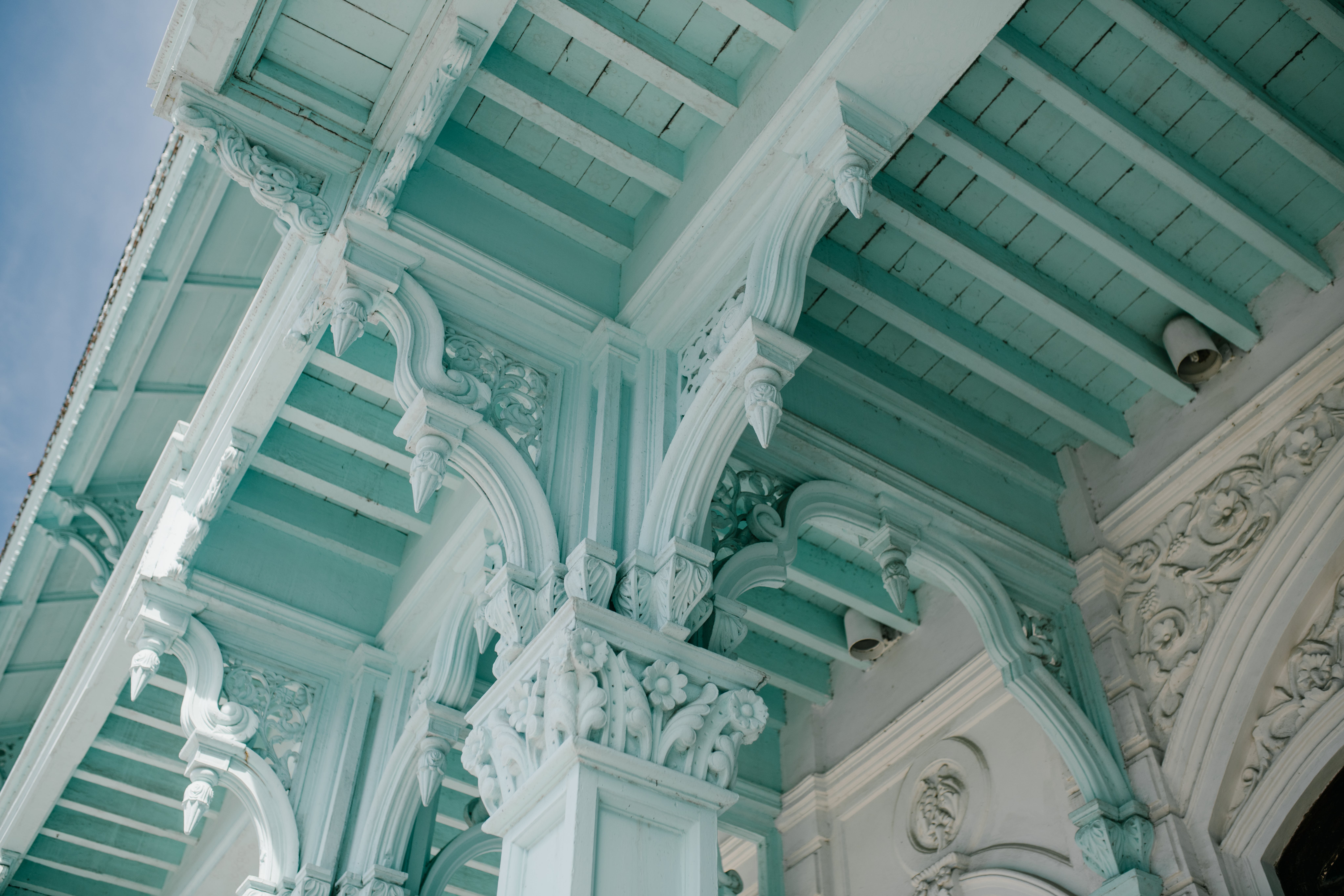For homeowners, stopping the growth of mould on their walls can be an arduous task. Mould is difficult to remove, and it may come back even after thoroughly cleaning the walls. Manufacturers have developed anti-mould paint colours that help save time and effort, sparing homeowners from the headache of having to take constant preventative measures. Many people continue to have doubts, though, regarding these paints’ efficacy. We created a comprehensive guide on paint colours that resist mould in this blog post.
What causes mould?
Prior to diving into ways to stop mould from growing, it’s critical to comprehend where mould comes from and the variables that influence its development. Mould frequently grows on homes that are situated in moist areas or that are shaded from the sun. When there is no sunlight, moisture builds up in the air or surrounding area, which eventually leads to the growth of mould. Furthermore, any leaks in the ceiling or drain pipes of the home or apartment may result in the development of damp spots, which may also be the source of mould.
What is an anti-mould paint colour?
The main ingredient in the majority of anti-mould paint colours is benzisothiazolinone, a chemical that inhibits the growth of mould. The contents of each colour vary depending on the manufacturing brand. This substance has dual fungicidal and microbicidal properties, increasing its usefulness as an anti-mould paint colour. Here is a quick rundown of each of these elements.
Are these chemicals hazardous?
A few safety precautions must be taken prior to using benzisothiazolinone. If ingested, the chemical can be extremely deadly. Skin and eye irritation are among the well-known adverse effects of benzisothiazolinone allergic reactions. Dermatitis (ACD) is among the most severe types of these allergic reactions. Redness, blisters that itch, and rashes are among the symptoms. If you eliminate the allergen, the symptoms may go away, but if you come into contact with it again, they may return.
Are these anti-mould paints efficient?
DIY mould removal is challenging because the mould is known to grow back despite years of meticulous care taken to keep it from sprouting again. Because household mould is so tenacious, people are sceptical of the effectiveness of anti-mould paint. Anti-mould paint colours do function, despite popular belief to the contrary. However, the efficacy of the paint will be negatively impacted if that specific room or area in your home is regularly exposed to moisture or water and is not adequately dried, ventilated, or exposed to sunlight.
Another thing to bear in mind is that all biocides have an expiration date beyond which they lose their effectiveness. This implies that applying anti-mould paint to a wall that is covered in mould won’t work just once. As a homeowner, you should reapply anti mould paint every five to six years as most manufacturing brands guarantee the fungicides in their paints for five to six years. Having said that, you cannot count on an anti-mould paint colour to act as a magic wand and eradicate all mould permanently.
